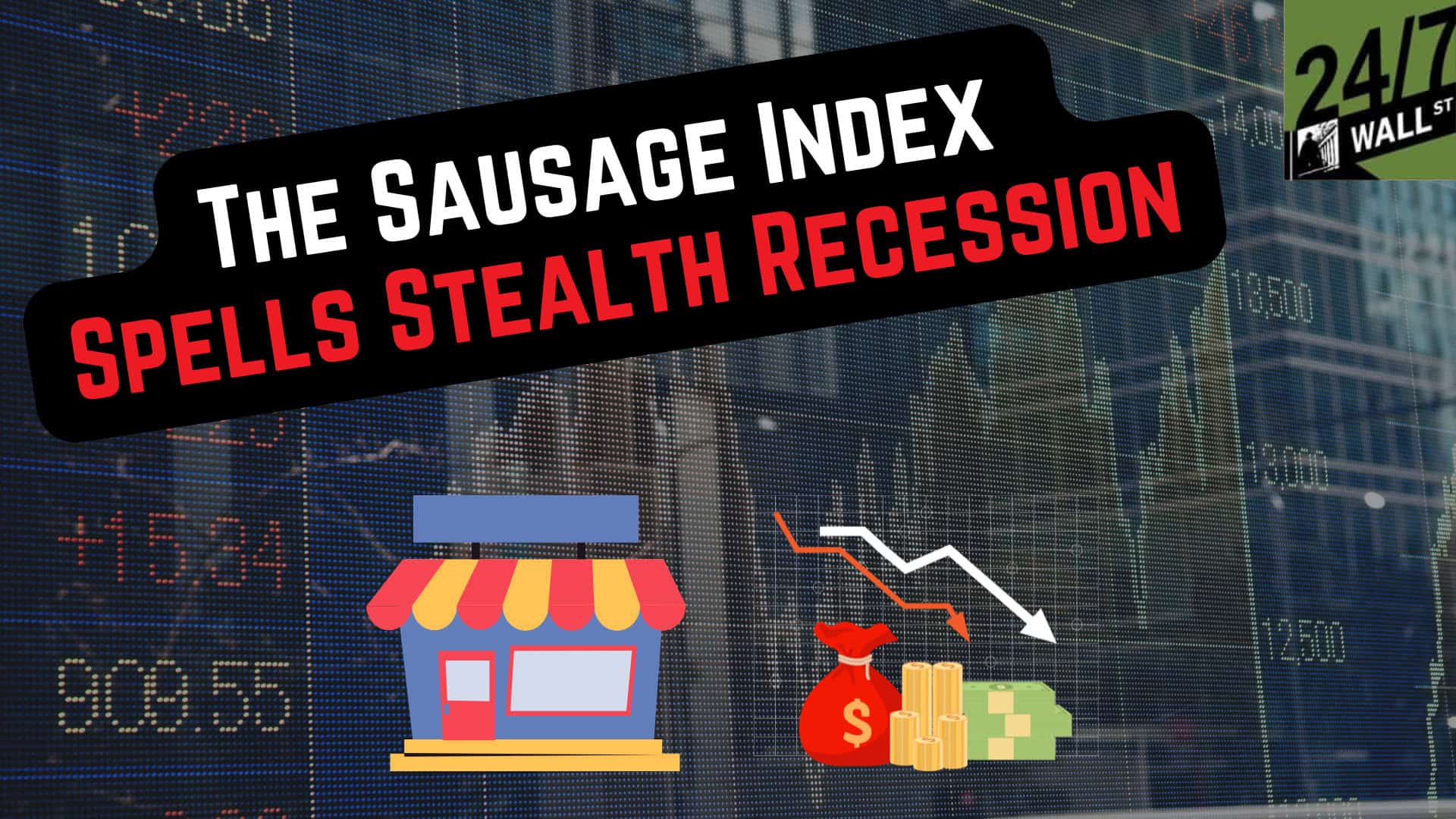So all of the big retailers now have reported and all the small ones.
But, you know, it’s been a mixed bag.
Walmart, Home Run, places like Macy getting targeted.
Target pretty good.
Yeah.
Yeah.
You’ve got Nordstrom’s doing badly.
The family that started it in nineteen oh one is trying to buy it out.
I mean, it’s really it’s all over the place now.
One of the things that’s odd is the bottom of the market, the sort of dollars where they’ve all got different names.
Those people are doing badly.
So what what is going on there?
Well, I mean, for the longest time, especially during when times get a little bit tough.
You know, Dollar General, Dollar Tree are big, big players.
And not just because the lower income status people would shop there.
I mean, I have a Dollar General right down the road from me.
But they’re in a lot of smaller towns as well.
And so that has to be noted.
But their earnings were horrible.
And then the CEO came out and said, our core customer is a little light on financing and finances now.
Your core customer is lower to lower middle income earners.
And if they’re suffering, uh-oh, uh-oh, maybe things are worse in the economy than we thought, Doug.
Well, certainly if you look at people in the lower income strata and you look at inflation, there has been a lot of inflation.
If you look at it over like a three-year period, you know, something that was worth a dollar, you had that period of eight percent and stuff.
I mean, you know, you may be paying a dollar fifteen now compared to what you were, say, three years ago.
Yeah.
Middle class, upper class, maybe not hurting them quite as much.
But I think if you’re, you know, making less than forty thousand dollars a year, inflation may really have hit you pretty hard.
And that’s what I think I’m seeing behind these numbers.
Yep.
And you may have seen it.
They’ve thrown out the sausage indicator, which at first I was like, you know, what’s this about?
But it was a good point that was made that sales of packaged sausage, you know, and, you know, the kind they use for breakfast and for, you know, put into the things, you know, put on the grill for, you know, hot dogs and stuff like that.
Those sales have skyrocketed and those are taking the place of even ground beef, you know, and ground chuck.
And that that sends a huge message.
And I don’t care what the government stats say.
We’ve gone round and round on this.
Stats are a lie.
They’re a total, total lie.
And I think there’s a stealth sort of recession going on that could explode into a full blown recession in the next couple of quarters.
Yeah, and if you look at these stocks, if inflation is affecting the lower income part of the economy right now, that’s not going to get any better.
And these stocks are not a buy under them.
No, not at all.
And again, it’s not just the lower income folks.
The middle income and upper middle income folks, they’re not shopping at Whole Foods anymore.
They’re going to Walmarts.
because they can get a better deal there.
They’re just like anybody else.
Let me read you some of these stats from Dollar General.
Dollar General stock has dropped forty eight percent since March and fell thirty five percent after earnings.
And that’s just huge.
You know, and it was a big position for a lot of, you know, kind of growth managers.
And boy, until things turn around there, I wouldn’t really try to dead cat bounce any of these stocks right now.
I don’t think so.
The question now is whether this sort of tremendous consumer caution starts to work its way more up towards your Macy’s, your Nordstrom’s.
How far does this go up in terms of income in the United States?
If it’s a creep and it’s because of recessionary forces, then you’ve got to start to worry about your retail stocks where the companies rely on the middle class.
Yeah.
And the thing is that the Walmarts and the big box stores, they have a huge advantage over the dollar generals in that they carry TVs and they carry luggage and, you know, they carry ancillary items that most grocery stores don’t carry.
I mean, Kroger has some stores that are that have some of those items in there, but that’s that’s the one advantage they do have.
And so they have purchasing power that even Dollar General doesn’t have.
So yeah, I think this could be a really, really difficult undercurrent to the economy.
Yeah, I think that’s true.
Well, we probably won’t come back to this for a couple of months when we see the numbers, but I do think it’s a red flag and I think we can just leave it at that.
Yeah, it’ll be interesting to see, Doug, what the end of the year numbers are.
So maybe when twenty twenty five rolls around, we’ll come back in and say, OK, did it get any better?
Did it get worse?
I think that’s right.






